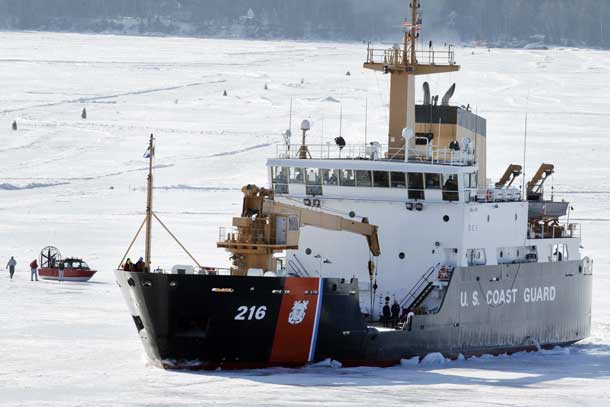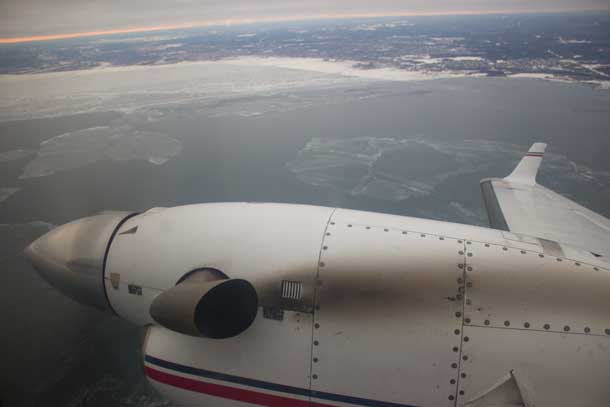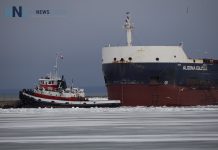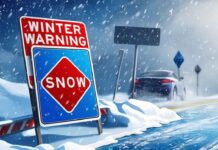
THUNDER BAY – Icebreaking efforts in Thunder Bay are getting underway.
The Canadian Coast Guard in partnership with the United States Coast Guard have an important safety message for all ice surface users in the vicinity of icebreaking operations and shipping routes on the Great Lakes. Icebreaking operations to assist commercial shipping are currently underway in various areas of the Great Lakes.

The following areas will see icebreaking activity in the near future:
Icebreaking operations will begin March 15 2016 for the Port of Thunder Bay, Ontario, on Lake Superior.
The USCGC ALDER (WLB 204) will break and establish tracks in the ice to assist commercial shipping into and out of the port. The US Coast Guard cutter, homeported in Duluth, MN, plans to work Thunder Bay Harbour and the Mission River Entrance 15-16 March 2016.
Dates and routes are subject to change with little or no notice due to weather, ice conditions, shipping schedules or other unexpected situations.
Broken and fragmented icy tracks left behind by icebreaking operations and other ship traffic may not freeze over immediately. Newly fallen snow may obscure icebreaker and ship tracks and changes in weather contribute to unsafe ice conditions that may remain long after the ships have left the area.
All ice on or near the planned shipping routes and icebreaking operations should be considered unsafe during and after ship transits through these routes.







